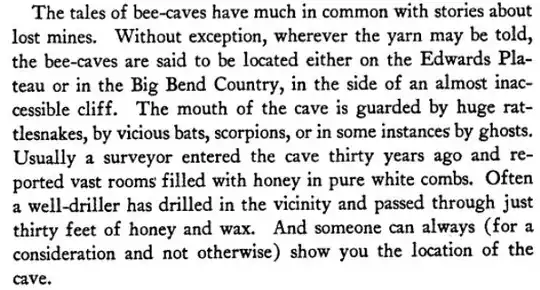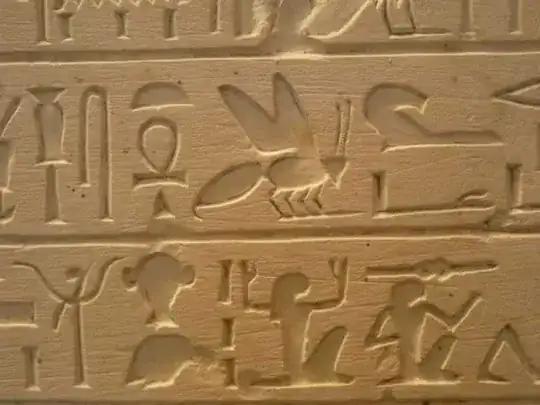I have often heard/read/watched in fantasy about dwarves drinking mead and lots of it. I recently learned that mead is made from honey which requires bees and flowers which require sunlight. I doubt that they could import enough to satisfy the thirst of an entire city (or nation) and even if they could it would be financially irresponsible. So I was wondering if they could produce honey underground.
The obvious solution is that they just make the honey above-ground but lets say that going above-ground is socially unacceptable (like in Dragon Age). Lets further split it into a few separate scenarios:
- The dwarves have magic light orbs which are basically the same as sunlight. So could bees function completely underground with light and flowers.
- No magic. So could bees function underground with some torches and maybe skylights (Not sure that could work. Maybe leave a door open and hope the bees come back?).
- No light (e.g. Dwarf Fortress). Could bees work underground in total darkness (Same as above but dwarves have super-night-vision and have no need of light).

